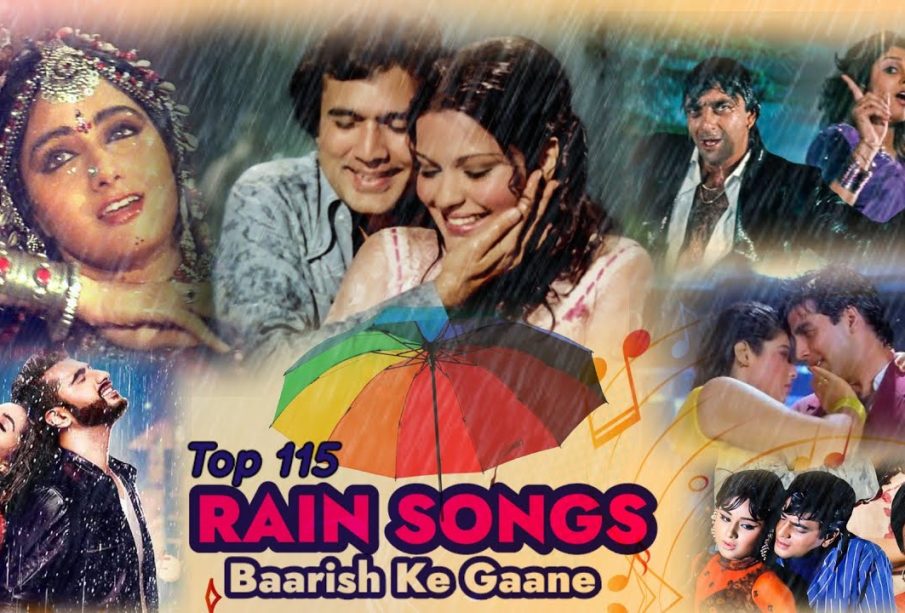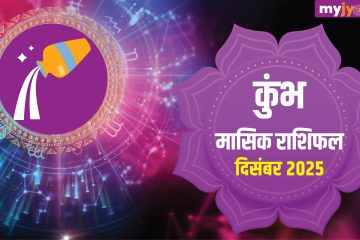The Cultural Significance of Hindi Songs in Modern India

Introduction
Hindi songs hold a significant place in the cultural landscape of India. They are not just a source of entertainment but also a medium of expressing emotions, social issues, and the rich heritage of the Indian society. With Bollywood dominating the music scene, the influence of these songs extends beyond borders, connecting people of different backgrounds and cultures through their melodious tunes and poignant lyrics.
The Rise of Hindi Music in Recent Years
In recent years, the popularity of Hindi songs has seen a remarkable resurgence with the advent of streaming platforms like Spotify, Gaana, and JioSaavn. According to a report by the Indian Music Industry, the consumption of Hindi music has grown by over 20% in the past year. This growth can be attributed to the increased accessibility to a vast collection of songs, coupled with the rise of independent artists and music composers who have brought fresh sounds to the genre.
Influence on Society and Culture
Hindi songs often touch on various themes such as love, heartbreak, patriotism, and social change. For instance, songs like “Tujhe Kitna Chahne Lage” explore romantic sentiments, while tracks like “Ae Watan” evoke a sense of nationalism and pride among listeners. These songs resonate deeply with audiences, often serving as a soundtrack to significant life events, be it weddings or festive celebrations.
The role of social media in promoting Hindi songs cannot be overlooked. Platforms like Instagram and TikTok have transformed songs into viral sensations, with challenges that often lead to mainstream popularity. Recently, the song “Kesariya” from the movie Brahmastra became a huge hit, accumulating millions of views within days of its release. Its widespread appeal demonstrates the power Hindi songs have in shaping trends and engaging the younger population.
Conclusion
As we move forward, the significance of Hindi songs is likely to continue growing, reflecting the evolving tastes of new generations while preserving the essence of traditional music. The industry is diversifying, embracing various genres while retaining the emotive quality that defines Hindi music. For readers and listeners alike, understanding this genre is crucial as it represents a collective memory and cultural identity for millions across India and around the world. The future of Hindi songs looks promising, with innovative artists emerging and a global audience ready to engage with this beloved art form.









